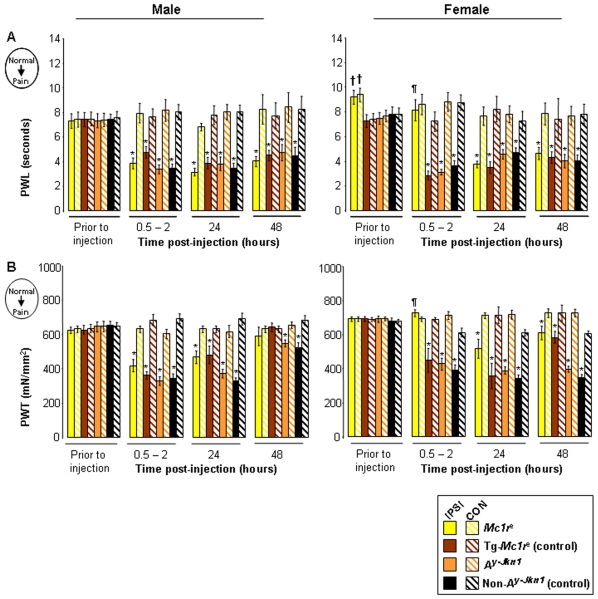Figure 3. Effect of MC1R functionality on CFA-induced thermal hyperalgesia and mechanical allodynia.
Data represents the paw withdrawal latency [A], paw withdrawal threshold [B] as measures of thermal hyperalgesia and mechanical allodynia prior to and post-injection of CFA (n = 4–5 per genotype), shown as mean responses ± SEM. Differences in behaviours prior to injection were observed in female Mc1re mice only, when compared to their control littermates, Tg-Mc1re in [A] paw withdrawal latency (††P<0.01). CFA-induced increased ipsilateral sensitivity (IPSI; injured hindlimb) compared to contralateral (CON; un-injured hindlimb) are shown (*P<0.05). Female Mc1re mice were found to have a significantly higher ipsilateral thresholds when compared to their control littermates, Tg-Mc1re ipsilateral thresholds in [A] paw withdrawal latency and [B] paw withdrawal threshold at 0.5–2 hours post-injection (¶P<0.05).

